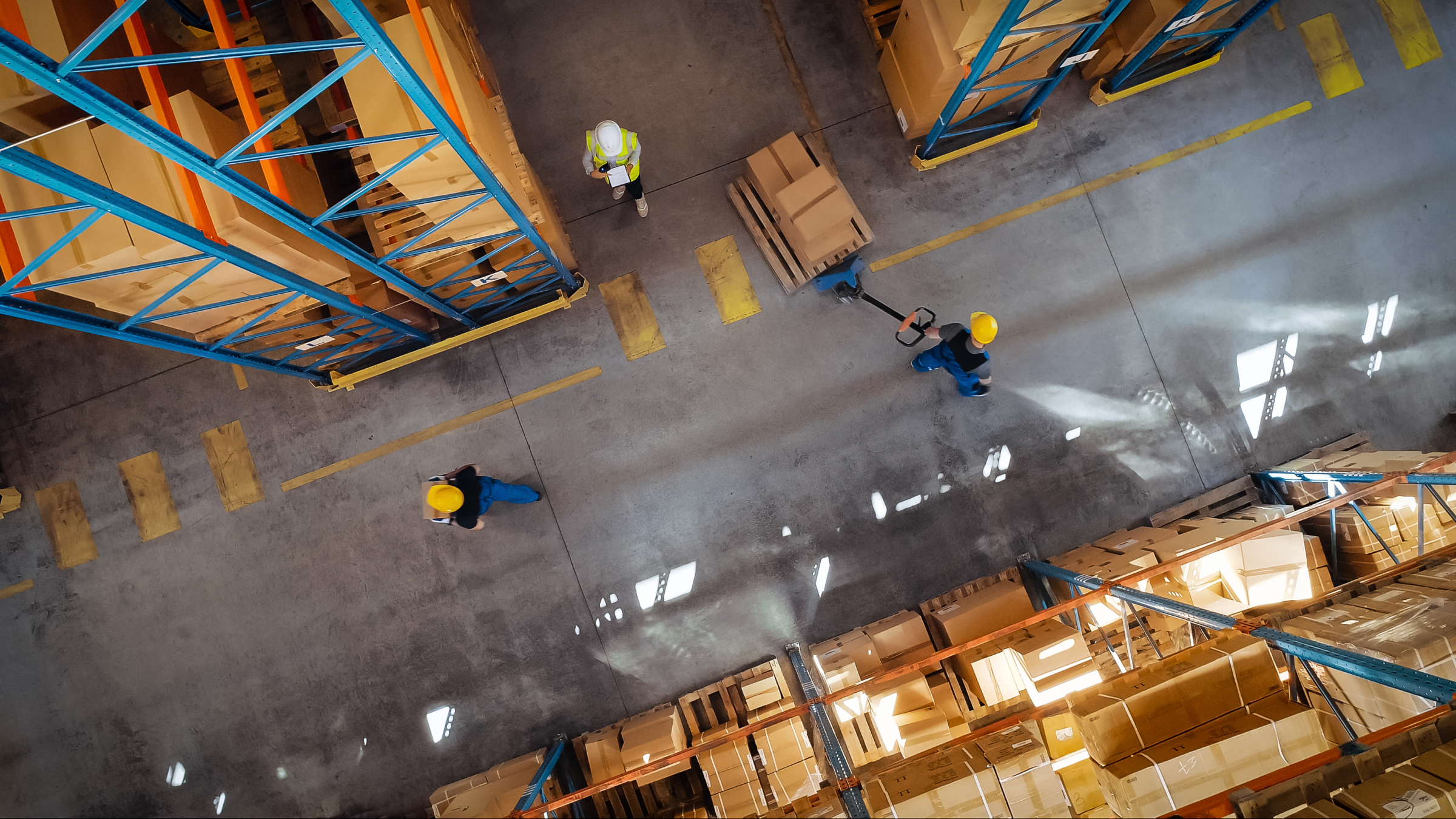- Home
- Knowledge center
- Blog
- Last mile logistics – empower your warehouse and make the last mile shorter
Blog
LAST MILE LOGISTICS – EMPOWER YOUR WAREHOUSE AND MAKE THE LAST MILE SHORTER
As e-commerce increases the number of business-to-consumer transports, the challenges of last-mile logistics get more and more attention. Experts, suppliers, and customers discuss the best ways to achieve fast reliable and sustainable last-mile services. But almost everyone seems to forget about one important part of the chain – the warehouse.
In people transportation networks “last-mile” describes the difficulty of getting people from a transportation hub such as an airport or train station to their final destination. And in supply chain management the problem is the same. Parcels for many customers can be delivered to a central hub efficiently using ships, trains, large trucks, or planes. Once at this central distribution hub, these parcels must be loaded into smaller vehicles for delivery to individual businesses or consumers, usually at a higher cost.
With the boom of e-commerce and multi-channel offers last mile logistics is becoming more and more complex and costly by the day. What your customers demand is clear. They want fast, flexible and reliable deliveries and the ability to choose when and where they will receive their parcels – preferably without any extra cost. They also want the possibility to change their minds after ordering if something in their everyday puzzle changes. And it is up to you to handle the complexity of it.
Unleashing the power of the warehouse
The solutions to the last mile problem are often focused on transport management or other last mile software systems, collecting data from several parties. And even if the ideas are good one part of the last mile chain is often forgotten – the power of the warehouse.
After placing your order in a webshop, the products first need to pass through a warehouse. And it is here, in your warehouse, that the adjustments for a superior customer experience should be set. By gaining control and optimizing processes in the warehouse the foundation is laid for fast and accurate deliveries – and in the end, happy customers. Luckily, today there are good software tools to help achieve just that.
No more shipping air
One important factor in last-mile logistics is the amount of air shipped due to not optimizing the box size to the order. According to Postnord (a Swedish postal service company) over 30% of every box in their transports contains air, which means that more than 300 trucks per day could be saved only by adjusting the box sizes, in Sweden alone.
Smart box calculation with AI is a good tool to help customers to optimize their box sizes for efficiency reasons but also for the customer experience. The intelligent algorithm will ensure that every shipment goes out in the most cost-effective, and least wasteful way possible, cutting down on the amount of air being shipped around the items whilst keeping postage costs to a minimum. For the customer, an effective box calculation can mean having the order conveniently delivered to the letterbox, compared to the hassle of having to go pick it up or wait for at-the-door delivery.
